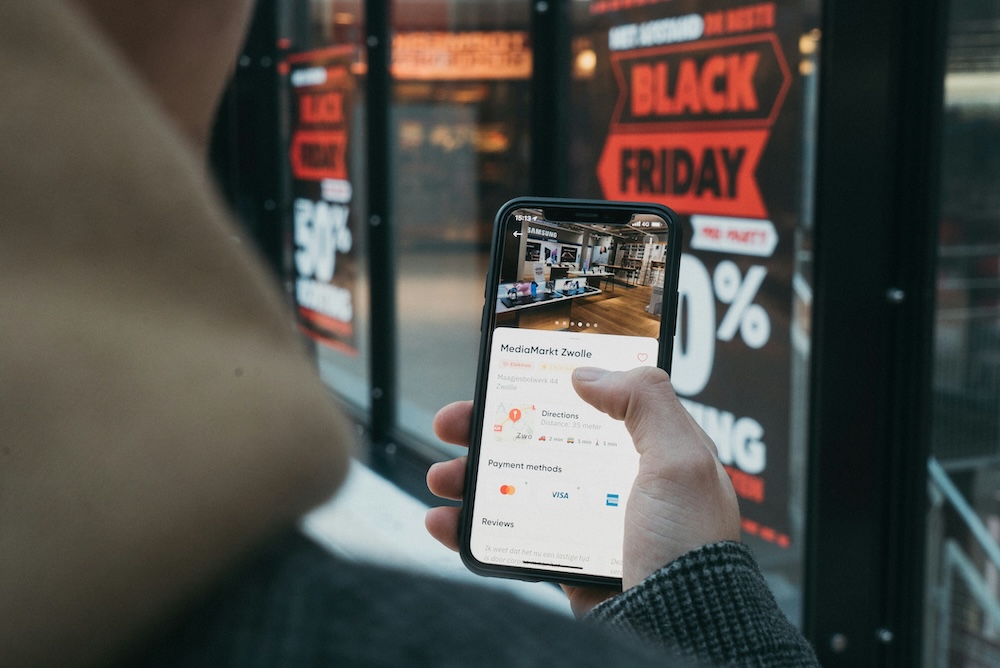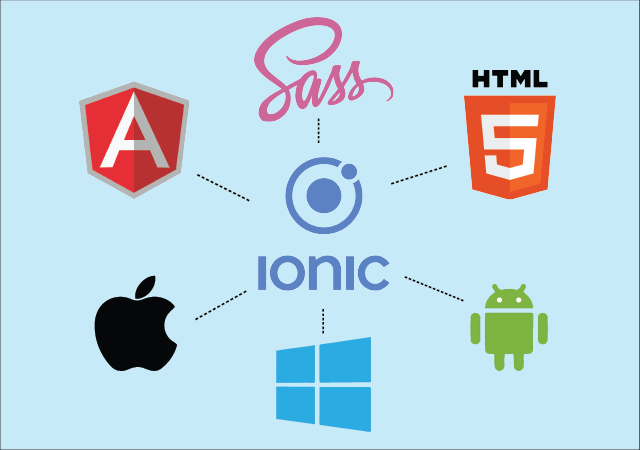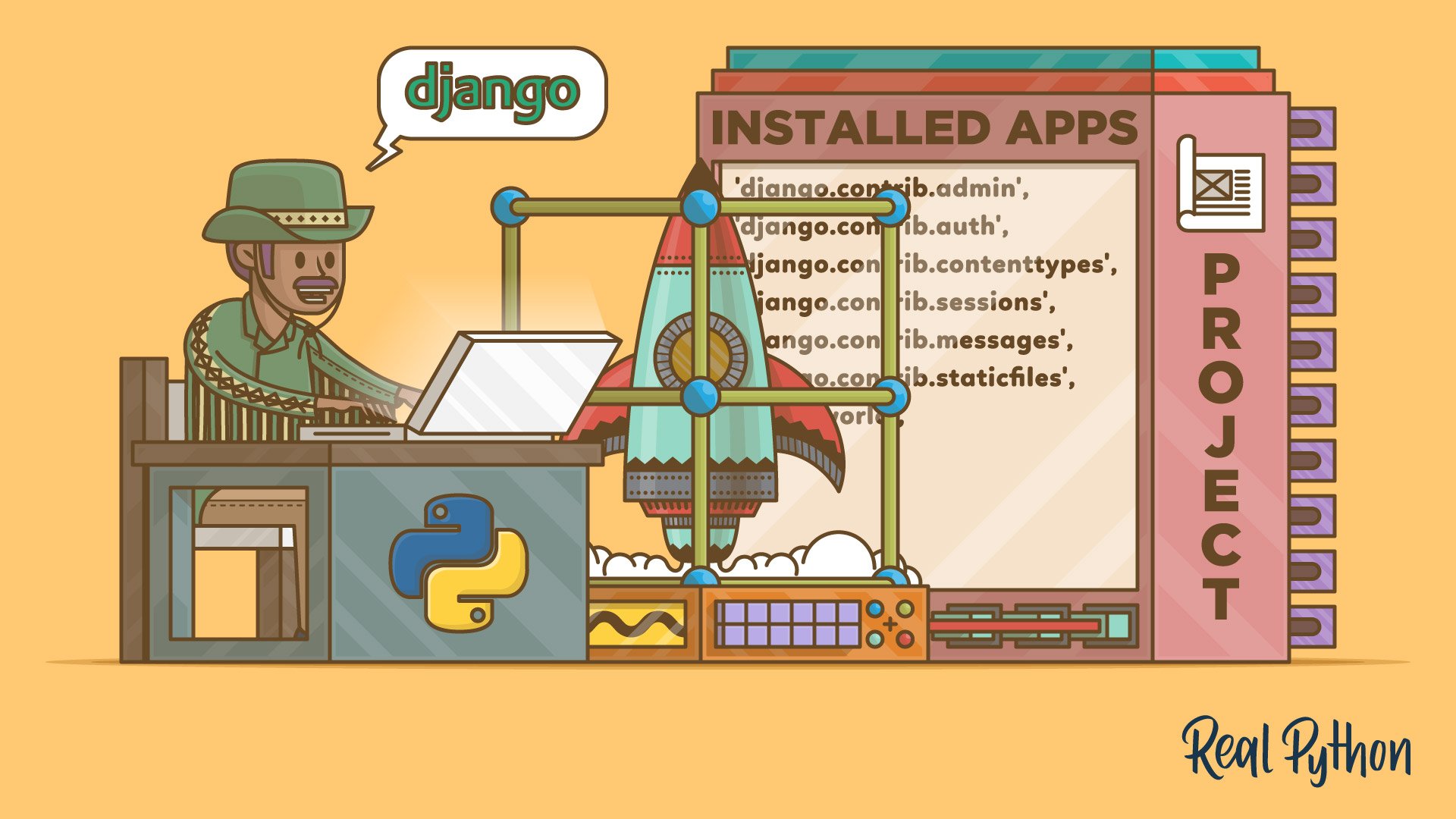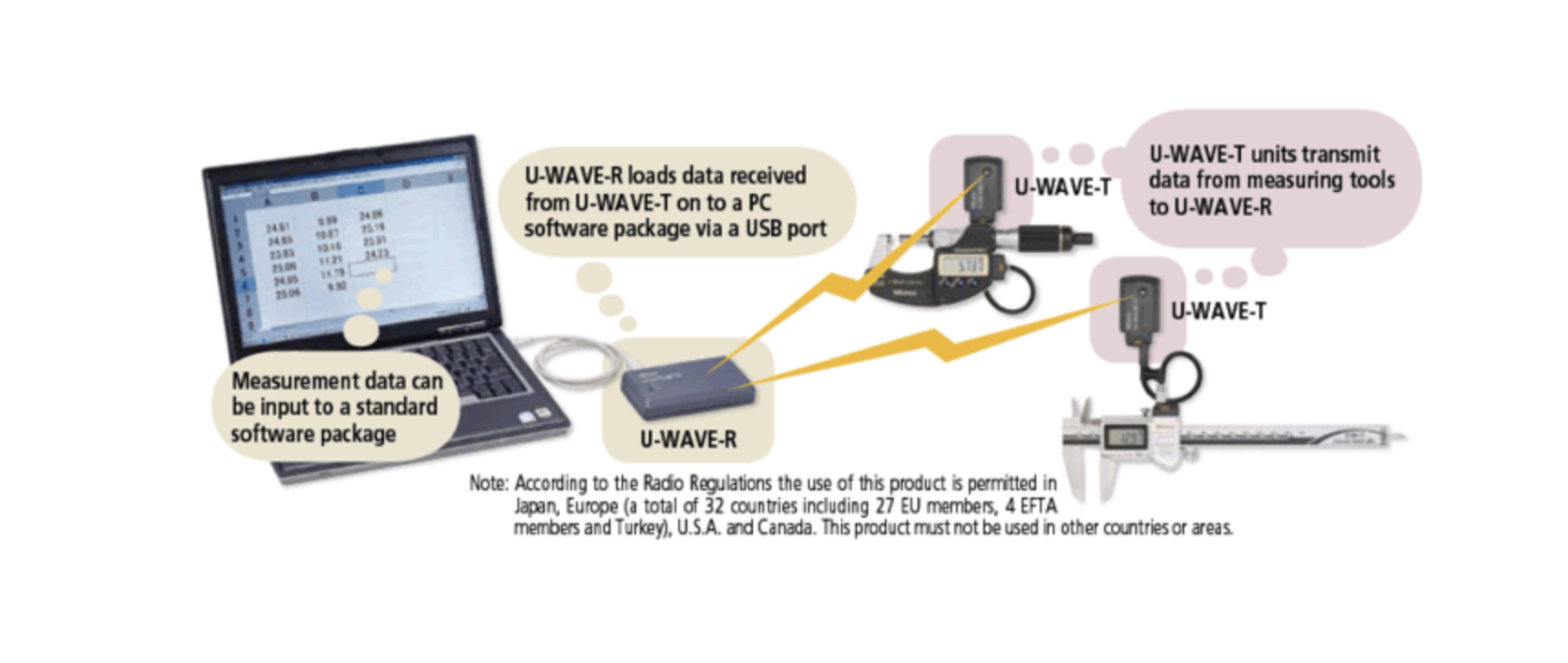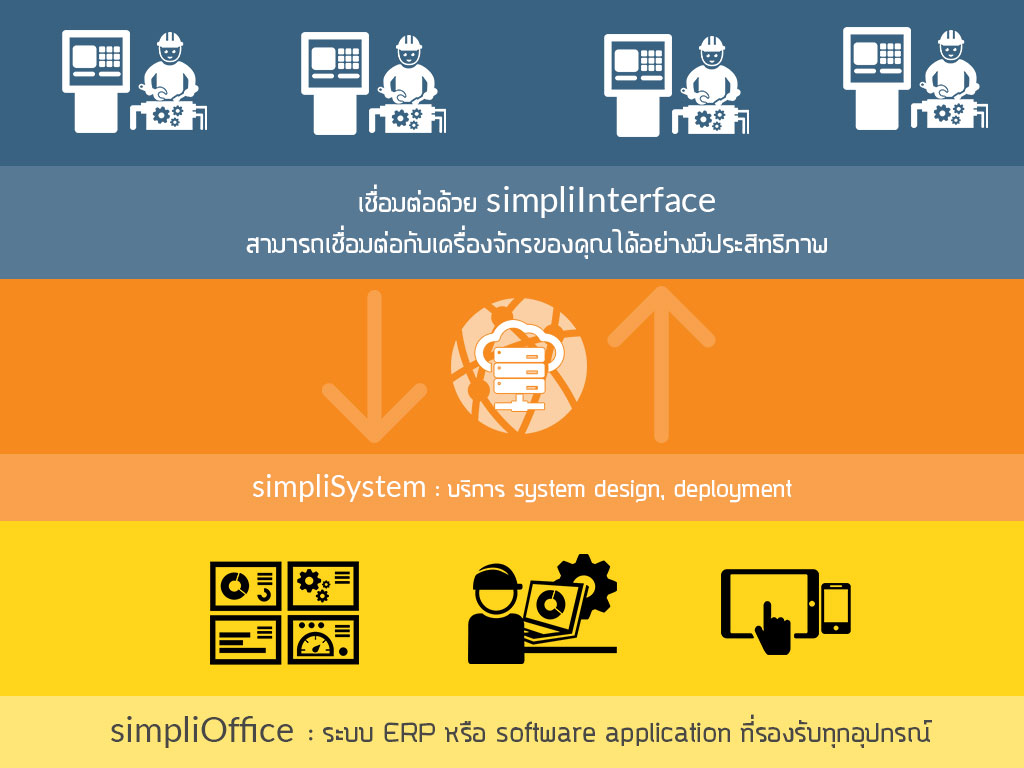Building Offline Support for EV Charging Apps: A Python Guide
As electric vehicles (EVs) continue to gain popularity, building robust EV charging apps has become a priority. One key feature that enhances user experience is offline support. Imagine an EV driver traveling through an area with limited connectivity; they still need access to charging session details, maps, and station information. This post explores the fundamentals of offline support and provides a Python example for implementing local caching, action queueing, and offline session management.
Key Concepts of Offline Support
To make the EV charging experience seamless, even offline, here are the essential components:
- Local Data Caching: Stores station data and session history so users can access charging details and locations without relying on connectivity.
- Action Queue for Syncing: Queues actions like starting and stopping a session, enabling the app to sync data when connectivity is restored.
- Offline Mode Indicator: A clear indicator that lets users know they’re in offline mode, ensuring transparency and preventing confusion.
Challenges of Implementing Offline Support
Building offline support for an EV charging app comes with unique challenges:
- Data Consistency: Ensuring that data remains consistent between the app and the backend, even when users perform actions offline. Any discrepancies can lead to inaccurate billing or incomplete session history.
- Efficient Data Caching: EV apps handle a significant amount of station data. Managing and caching only the necessary information helps avoid excessive storage use on users' devices while ensuring essential data is available offline.
- Action Queue Management Offline actions like starting and stopping charging sessions must be queued in sequence. When the user regains connectivity, syncing these actions in the correct order requires careful planning to avoid any missed or duplicated actions.
- Conflict Resolution Handling conflicts between offline actions and the latest server data can be challenging. For example, if a charging station becomes unavailable while the app is offline, the user should receive a notification and relevant guidance.
- User Experience (UX): Informing users that they’re offline and guiding them through limited functionality can be tricky. A clear offline mode indicator and tailored UI elements ensure users know what they can and cannot do while disconnected.
These challenges require a thoughtful design and well-tested code to provide a reliable and user-friendly offline experience.
Python Code Example: Offline Support for EV Charging Apps
In this example, we demonstrate how to:
- Use SQLite for local data storage,
- Queue user actions (like starting or stopping a session) when offline, and
- Sync actions automatically when the app reconnects to the internet.
1. Setting Up Local Caching
Using SQLite, we create tables to store EV station data and session history. This lets users access nearby charging stations even offline.
import sqlite3
# Connect to SQLite database for local caching
db = sqlite3.connect('ev_charging_app.db')
cursor = db.cursor()
# Create tables for stations and sessions
cursor.execute('''CREATE TABLE IF NOT EXISTS stations (id INTEGER PRIMARY KEY, name TEXT, location TEXT)''')
cursor.execute('''CREATE TABLE IF NOT EXISTS sessions (id INTEGER PRIMARY KEY, station_id INTEGER, start_time TEXT, end_time TEXT, status TEXT)''')
db.commit()
# Cache a station example
def cache_station(id, name, location):
cursor.execute("INSERT OR IGNORE INTO stations (id, name, location) VALUES (?, ?, ?)", (id, name, location))
db.commit()
print(f"Cached station: {name} at {location}")
cache_station(1, "EV Station A", "123 Main St")This code initializes a database, creates tables for EV stations and session data, and demonstrates caching station details. Storing this data offline lets users find stations without network access.
2. Queueing Actions When Offline
To support session start and stop actions offline, we queue these actions, then sync them with the backend when connectivity is restored.
import queue
from datetime import datetime
# Simulate connectivity status (True = online, False = offline)
is_online = False
action_queue = queue.Queue() # Queue for offline actions
# Start charging session
def start_charging_session(station_id):
start_time = datetime.now().strftime("%Y-%m-%d %H:%M:%S")
if is_online:
print(f"Starting session at station {station_id} online.")
else:
action = {"action": "start_session", "station_id": station_id, "start_time": start_time}
action_queue.put(action)
cursor.execute("INSERT INTO sessions (station_id, start_time, status) VALUES (?, ?, 'queued')", (station_id, start_time))
db.commit()
print("Offline mode: Queued start charging session.")This start_charging_session function checks if the app is offline. If so, it queues the action and saves the session locally as "queued."
3. Synchronizing Actions When Online
Once connectivity is restored, the app automatically processes the queued actions and syncs them with the backend.
def sync_actions():
global is_online
if is_online:
while not action_queue.empty():
action = action_queue.get()
if action["action"] == "start_session":
print(f"Syncing start session for station {action['station_id']} with start time {action['start_time']}")
cursor.execute("UPDATE sessions SET status = 'synced' WHERE station_id = ?", (action.get("station_id"),))
db.commit()
else:
print("Still offline, actions remain queued.")
def go_online():
global is_online
is_online = True
print("Connectivity restored: Going online and syncing actions...")
sync_actions()The sync_actions function checks if the app is online and processes queued actions, updating their status in the local database to “synced.”
Example Usage
# Cache a sample station
cache_station(1, "EV Station A", "123 Main St")
# Simulate offline mode
start_charging_session(1) # Queue session start offline
go_online() # Sync queued actions when going onlineBenefits of This Approach
- Reliable Session Management: The app retains session information even if connectivity drops, avoiding interruptions.
- Data Consistency: Users experience smooth synchronization, with queued actions processed in sequence.
- Enhanced UX: By showing an offline indicator, users are informed of limited functionality.
Here's a Mermaid.js flow diagram to illustrate the offline support features in an EV charging app. This diagram will show how different components work together when the app goes offline and then syncs actions once back online.
graph TD
A[User Action] --> B{Is Online?}
B -- Yes --> C[Process Action in Backend]
C --> D[Update UI and DB]
B -- No --> E[Queue Action Locally]
E --> F[Cache Action to DB]
F --> G[Update UI with Offline Indicator]
G --> H{Connectivity Restored?}
H -- No --> G
H -- Yes --> I[Process Queued Actions]
I --> J[Send Actions to Backend]
J --> K[Update UI and Mark as Synced in DB]Explanation of the Flow
- User Action: The user performs an action, such as starting or stopping a charging session.
- Online Check: The app checks if it’s connected to the internet.
- If Online: The action is processed immediately in the backend, and the UI and local database (DB) are updated.
- If Offline: The action is queued locally in the app’s memory and cached in the local database for persistence.
- Offline Mode UI Update: The UI displays an offline mode indicator, notifying the user of limited functionality.
- Connectivity Restoration: The app continuously checks for connectivity.
- When back online, the app processes queued actions.
- Action Syncing: Each queued action is sent to the backend, and the UI and local DB are updated to mark actions as “synced.”
This flow captures how the app manages actions in both offline and online scenarios, ensuring a seamless user experience and reliable data consistency.
Offline support greatly improves EV charging apps, providing continuous access to crucial information for users on the go. With local data caching and action queuing, apps can deliver a robust user experience that keeps working—even without a connection. This Python approach simplifies offline support, demonstrating how to handle real-world scenarios that EV drivers face daily.
Happy coding!
Get in Touch with us
Related Posts
- 经典编程思维 —— 向 Kernighan & Pike 学习
- Classic Programming Thinking: What We Still Learn from Kernighan & Pike
- 在开始写代码之前:我们一定会先问客户的 5 个问题
- Before Writing Code: The 5 Questions We Always Ask Our Clients
- 为什么“能赚钱的系统”未必拥有真正的价值
- Why Profitable Systems Can Still Have No Real Value
- 她的世界
- Her World
- Temporal × 本地大模型 × Robot Framework 面向中国企业的可靠业务自动化架构实践
- Building Reliable Office Automation with Temporal, Local LLMs, and Robot Framework
- RPA + AI: 为什么没有“智能”的自动化一定失败, 而没有“治理”的智能同样不可落地
- RPA + AI: Why Automation Fails Without Intelligence — and Intelligence Fails Without Control
- Simulating Border Conflict and Proxy War
- 先解决“检索与访问”问题 重塑高校图书馆战略价值的最快路径
- Fix Discovery & Access First: The Fastest Way to Restore the University Library’s Strategic Value
- 我们正在开发一个连接工厂与再生资源企业的废料交易平台
- We’re Building a Better Way for Factories and Recyclers to Trade Scrap
- 如何使用 Python 开发 MES(制造执行系统) —— 面向中国制造企业的实用指南
- How to Develop a Manufacturing Execution System (MES) with Python
- MES、ERP 与 SCADA 的区别与边界 —— 制造业系统角色与连接关系详解



